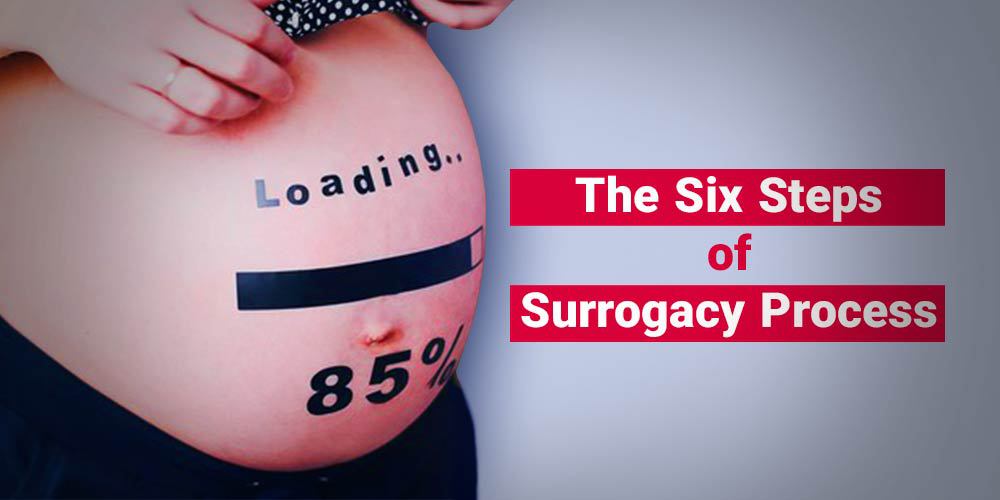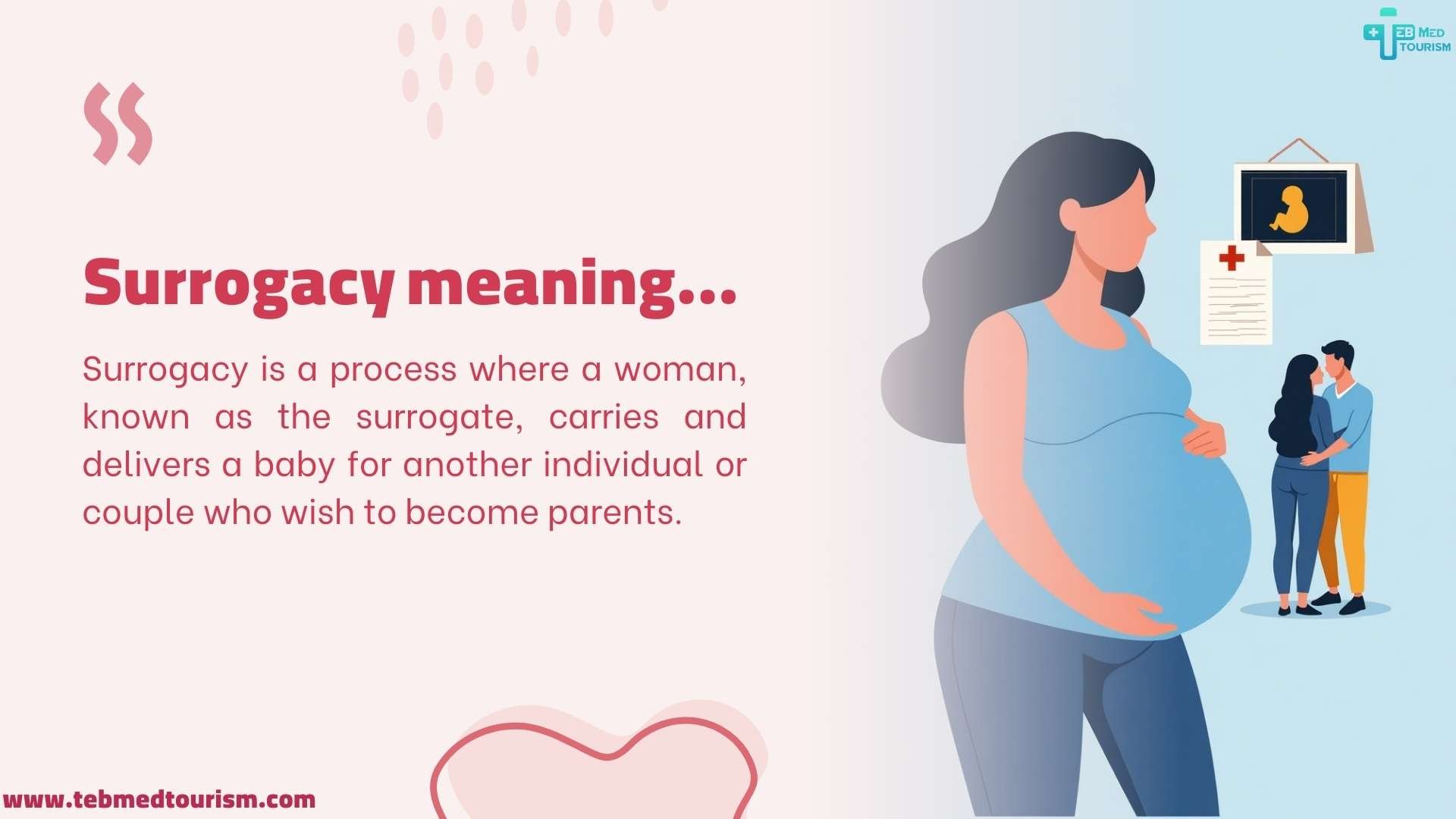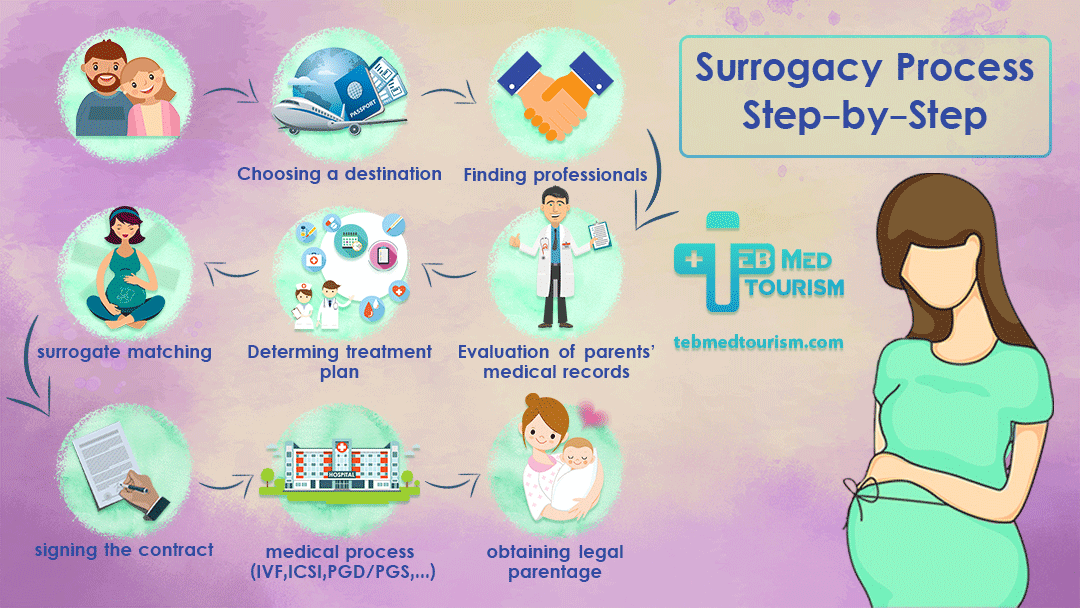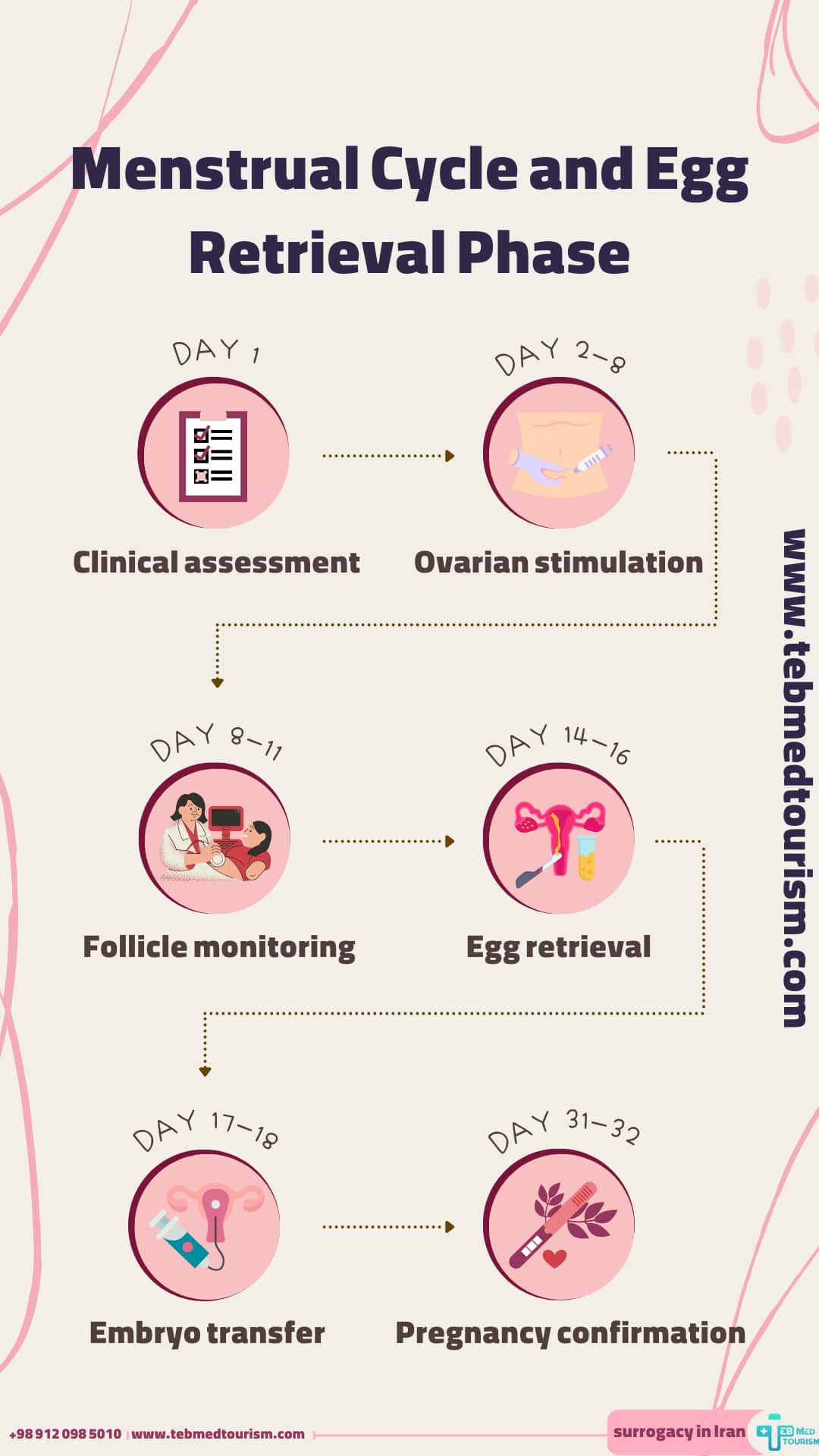

There are two main types of surrogacy: traditional surrogacy and gestational surrogacy. While both involve a surrogate carrying a child for intended parents, they differ significantly in terms of process, genetics, and legal considerations (1).
Traditional surrogacy is the older and less common form of surrogacy. In this arrangement, the surrogate uses her own egg, making her the biological mother of the child. Conception typically occurs through artificial insemination, where sperm from the intended father or a donor is used. Because the surrogate is genetically connected to the baby, this type of surrogacy can be emotionally and legally complex.
This method may be chosen when the intended mother cannot provide viable eggs or when a donor egg is not an option. However, due to the genetic link between the surrogate and the child, traditional surrogacy is less common today and is often avoided due to the potential for legal disputes and emotional challenges.
Gestational surrogacy is the more widely practiced and preferred option today. In this process, the surrogate carries an embryo created through in vitro fertilization (IVF). The embryo is made using eggs and sperm from the intended parents or donors, meaning the surrogate has no genetic connection to the baby.
Gestational surrogacy is popular because it offers clear legal boundaries and eliminates the emotional complexity that can arise from the surrogate’s genetic link to the child. It is a common choice for couples facing infertility, same-sex couples, or individuals who want to have a biological connection to their child through their own genetic material.

The pre-operative phase ensures that the intended parents, surrogate, and involved medical teams are prepared for a successful surrogacy journey. The key steps include:
The Menstrual Cycle and Egg Retrieval Phase is a meticulously organized 32-day journey, carefully designed to synchronize the menstrual cycle of the egg provider with the surrogacy timeline for optimal embryo preparation. This ensures the ideal conditions for embryo development and successful implantation. To provide a clear understanding, we’ve outlined each step of this phase day by day, highlighting the key medical procedures and milestones. This structured and precise approach plays a vital role in maximizing the chances of a successful outcome.


Continuous monitoring ensures the health and safety of both the surrogate and the developing fetus.
Comprehensive screenings, including first and second-trimester tests and cell-free fetal DNA analysis, are performed.
The delivery marks the culmination of the surrogacy journey, requiring precise coordination.
For detailed insights about surrogacy in Iran, we invite you to read our comprehensive article, Surrogacy in Iran, where you’ll find everything you need to know.
After delivery, obtaining legal documents for the newborn is critical. TebMedTourism facilitates this process with unmatched expertise in navigating Iran’s legal system. Depending on the intended parents’ nationality, TebMedTourism ensures the issuance of the necessary passport or exit permit so the family can return to their home country promptly.
The surrogacy journey is a well-coordinated process that involves meticulous planning and execution at every stage. From pre-operative procedures like medical evaluations and legal agreements to the menstrual cycle synchronization and egg retrieval phase, each step is carefully designed to optimize the chances of a successful outcome. The pregnancy phase ensures the health and well-being of the surrogate and the developing baby, culminating in the delivery and legal handover to the intended parents.
At TebMedTourism, we are committed to making the surrogacy process seamless, ethical, and efficient. With expert guidance and personalized care, we support intended parents through every phase, ensuring their dream of parenthood becomes a reality. Whether it's navigating legal requirements, ensuring medical precision, or managing exit permissions, TebMedTourism is your trusted partner in creating families through surrogacy.

In this article, we’ve aimed to provide clear and detailed explanations about the surrogacy process, breaking it down step by step to help you better understand each stage. Below, we’ve answered some of the most common questions you might have about surrogacy. We hope this guide has been helpful in giving you the information you need. If your questions are not fully answered here, feel free to leave us a comment or reach out to our consultants on WhatsApp—we’re always here to help!
The surrogacy process begins with a thorough medical and psychological evaluation of the intended parents and the surrogate to ensure eligibility and health. Following legal contract finalization, ovarian stimulation is initiated for the intended mother (or egg donor) to retrieve eggs, which are fertilized with sperm through in vitro fertilization (IVF) to create embryos. The embryos undergo genetic screening, if necessary, and one or more are transferred into the surrogate's uterus during a controlled cycle. The surrogate is then monitored through regular ultrasounds and blood tests during pregnancy, leading to delivery under a prearranged birth plan.
The surrogacy process typically spans 12 to 18 months, depending on individual circumstances. This timeline includes the initial stages of medical and psychological evaluations, legal agreements, and surrogate matching, followed by the medical procedures such as ovarian stimulation, egg retrieval, fertilization through IVF, and embryo transfer. Once pregnancy is achieved, the gestational period lasts approximately 9 months, during which regular prenatal monitoring ensures the health of both the surrogate and the fetus. The process concludes with the delivery and legal establishment of parentage, which may vary based on jurisdictional requirements.
The first step in the surrogacy is consultation and comprehensive evaluation to see if this is the best option for you. If you decide to proceed with this process, you should find an experienced surrogacy agency to help you with medical and legal work. You should also consider the laws related to surrogacy in both the destination country and your own country.
If you need more information on this topic and want to consult, contact us NOW.
The consultant medical doctors of TebMedTourism Co. are at your service for free.


Comments & Questions